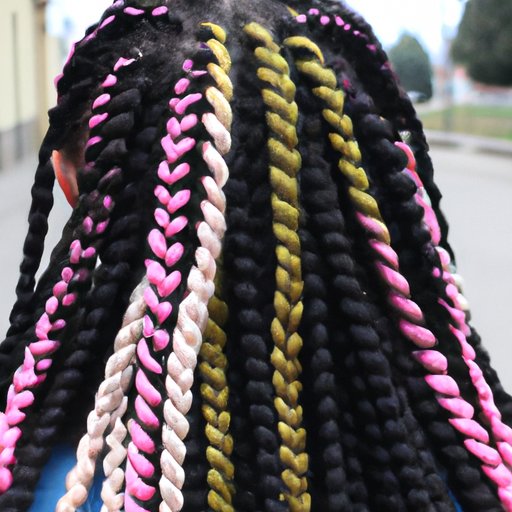Introduction
Cultural appropriation is defined as “the act of taking or using things from a culture that is not your own, especially without showing that you understand or respect this culture” (Collins Dictionary, 2020). In recent years, it has become increasingly common for people to appropriate elements of other cultures, such as hairstyles, clothing, music, and art. One of the most popular items appropriated from cultures of color is braids. The debate surrounding the appropriateness of wearing braids raises many questions about the implications of appropriating cultural elements, and how it impacts intercultural relationships.

Examining the Impact of Braids on Cultural Representation
The way we represent ourselves through our appearance can have a profound impact on the way we are perceived by others. This is particularly true when it comes to hairstyles, which are often closely tied to cultural identity. As Simone Mair explains in an article for HuffPost, “Hairstyles are a form of visual expression, and a reflection of who we are and where we come from.”
When someone from a different cultural background wears a hairstyle traditionally associated with a particular culture, it can be seen as a sign of disrespect. For example, a Gucci advertisement featuring a white model wearing a turban caused an uproar on social media, with many accusing the company of cultural insensitivity and appropriation. Similarly, the trend of white women wearing box braids and cornrows has been widely criticized as an example of cultural appropriation.
By appropriating elements of another culture, people can be seen as disregarding the history and significance of the item they are borrowing. As Rebecca Adams writes in The Atlantic, “When someone takes a cultural element from a marginalized group without understanding its meaning or context, it can feel like an act of theft—or worse, erasure.”
Unpacking the Debate Around Appropriating Braids
Braids have a long and complex history, and their meaning and significance varies depending on the culture from which they originate. For many communities of color, braids have a deep significance that goes beyond simply being a hairstyle. As Essence Magazine explains, “Throughout history, hair has been used as a tool for oppression, as well as a means of self-expression and empowerment.”
Braiding can be seen as a subversive act, as it allows people to reclaim control over their bodies and defy oppressive beauty standards. As Danielle Corcione writes for Refinery29, “Braided styles are often seen as an act of resistance against the mainstream Eurocentric beauty standards that value straight hair and fair skin.”
It is important to consider the historical roots of braiding and its meaning in different cultures before deciding to wear a certain style. As Hannah Anderson writes in The Odyssey, “If one chooses to wear a braid, they should be aware of the culture that the style comes from, and be respectful of the origins.”
Conclusion
The debate around appropriating braids is complex and multifaceted. Ultimately, it is up to each individual to decide whether or not to wear a certain style, but it is important to be mindful of the implications of appropriating elements of other cultures. Wearing braids can be both a powerful statement of self-expression and a sign of respect for the cultural roots of the style.
It is also important to remember that cultural appropriation is a sensitive topic, and conversations about it should be approached with respect and empathy. If we take the time to learn about the history and significance of braiding in different cultures, we can engage in meaningful dialogue and foster greater understanding between cultures.
(Note: Is this article not meeting your expectations? Do you have knowledge or insights to share? Unlock new opportunities and expand your reach by joining our authors team. Click Registration to join us and share your expertise with our readers.)
